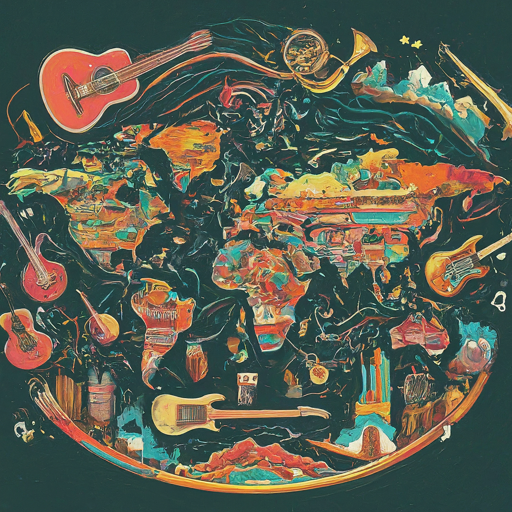Explore the growing convergence of film and television and how it is reshaping storytelling and audience preferences.
The Rise of Movies with TV-Length Series
In recent years, there has been a noticeable blurring of lines between film and television. One significant development is the rise of movies with TV-length series. Traditionally, movies were standalone entities with a fixed runtime, while television shows consisted of multiple episodes. However, with the advent of streaming platforms like Netflix and Amazon Prime, we have witnessed the emergence of movies that are released in parts, much like a TV series.
These movies with TV-length series provide an extended storytelling experience, allowing filmmakers to delve deeper into complex narratives and character development. This format allows for a more immersive and binge-worthy viewing experience, similar to what we find in television shows. Audiences can now enjoy the depth and intricacies of a film over several episodes, rather than in a single sitting. This blurring of boundaries between film and television offers a new way of experiencing storytelling and has gained significant popularity in recent years.
The Emergence of Limited Series that Feel Like Movies
Another trend that contributes to the blurring of lines between film and television is the emergence of limited series that feel like movies. Limited series are TV shows that have a predetermined number of episodes, usually spanning one season. In contrast to traditional TV shows, limited series often have a high production value, cinematic visuals, and a more focused narrative. They are designed to be consumed in a shorter time frame, similar to watching a movie.
Limited series provide filmmakers with the opportunity to tell compelling stories that require more time than a standard movie but don't warrant a multi-season commitment. With limited series, creators can explore complex themes and develop characters in a way that feels more akin to a feature film. This format has gained critical acclaim and has attracted some of the industry's top talent, blurring the boundaries between film and television even further.
The Popularity of Miniseries: A Hybrid Format
Miniseries, a hybrid format between film and television, have also contributed to the blurring of lines. A miniseries is a limited-run TV show that typically consists of several episodes, often with a self-contained story arc. Unlike limited series, miniseries are not designed to continue beyond their initial run.
What sets miniseries apart from both movies and traditional TV shows is their ability to provide a complete and satisfying narrative within a shorter time frame. This format allows for the exploration of complex storylines and character development, without the need for multiple seasons. Miniseries have gained significant popularity among audiences who seek a more condensed storytelling experience, blurring the boundaries between film and television even further.
The Evolution of Storytelling: Breaking Down Traditional Boundaries
The blurring of lines between film and television signifies a broader evolution of storytelling. In the past, films and TV shows were distinct mediums with their own conventions and limitations. However, with the rise of streaming platforms and changing audience preferences, these boundaries are being broken down.
Filmmakers now have more freedom to experiment with narrative structures and storytelling techniques. They can explore long-form storytelling in movies, while TV shows can adopt cinematic visuals and production values. This convergence of film and television allows creators to push the boundaries of storytelling and offer audiences a more diverse range of viewing experiences.
Audience expectations have also played a significant role in the blurring of lines. With the availability of on-demand content, viewers have become accustomed to binge-watching and consuming narratives at their own pace. They no longer differentiate between film and television as separate entities, but rather as part of a broader storytelling landscape. This shift in audience preferences has propelled the convergence of film and television and has opened up new possibilities for both mediums.
The Future of Film and Television: What Lies Ahead?
As the lines between film and television continue to blur, it raises questions about the future of both mediums. Will we see more movies with TV-length series? Will limited series become the preferred format for filmmakers? Or will miniseries dominate the landscape?
One thing is certain: the convergence of film and television is here to stay. The evolving streaming landscape and changing audience preferences have created a demand for more diverse and innovative storytelling formats. Filmmakers and content creators will continue to push the boundaries of traditional formats, offering audiences unique and immersive viewing experiences.
Ultimately, the future of film and television lies in the hands of both creators and audiences. As storytelling evolves and technology advances, we can expect the boundaries between film and television to become even more blurred, giving rise to new and exciting narrative possibilities.




